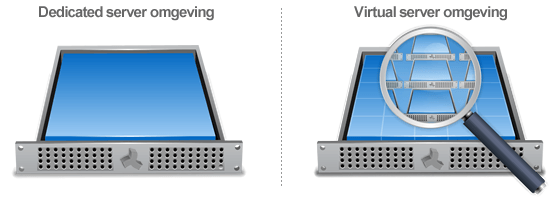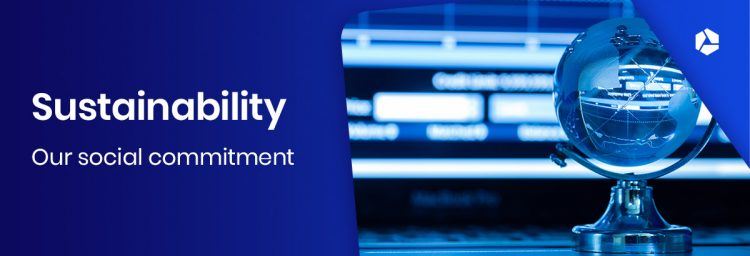Virtualisation: the future
In May, Gartner (an American research firm) made a list of the top 10 technologies that will change the world during the coming four years. Multicore and hybrid processors were on top of the list, followed by virtualisation and fabric computing.
This means that it’s high time to check out virtualisation from up close. Virtualisation is actually the process of making computer resources abstract: the physical features of computer resources (applications, operating systems) are hidden from the end user. One single physical resource (a server, an operating system, an application) works as if there were several virtual resources. Virtualisation is mainly applied in two forms. Partitioning (or zoning) is the process of dividing one single, generally large resource in a number of smaller and easier to manage parts of that same resource (think of e.g. the partitioning of a hard disk). Aggregation (or concatenation) is the process of combining individual components to form larger resources (like e.g. a storage network or grid computing).
There are several advantages to virtualisation. One of them is that it helps cut down expenses on hardware: the number of physical servers that need to be bought, stored and maintained is reduced, as is their energy expenditure, while scalability is preserved to host additional projects. Another advantage is the heightened efficiency of the servers: due to the fact that several applications can coexist on the same physical server, resources are used more efficiently. Independent research has indeed proven that most file servers run on a mere 15 to 18% of their power. That’s a significant waste of server space as well as money. Moreover, CPU usage will be 30% higher with virtualisation.
COMBELL too applies virtualisation to its hosting systems: instead of using a separate personal (or dedicated) server for each company, one single larger server can be used to host several clients. Obviously, this leads to energy saving and thus “green” technology.
More information on our VPS range Virtual Servers



